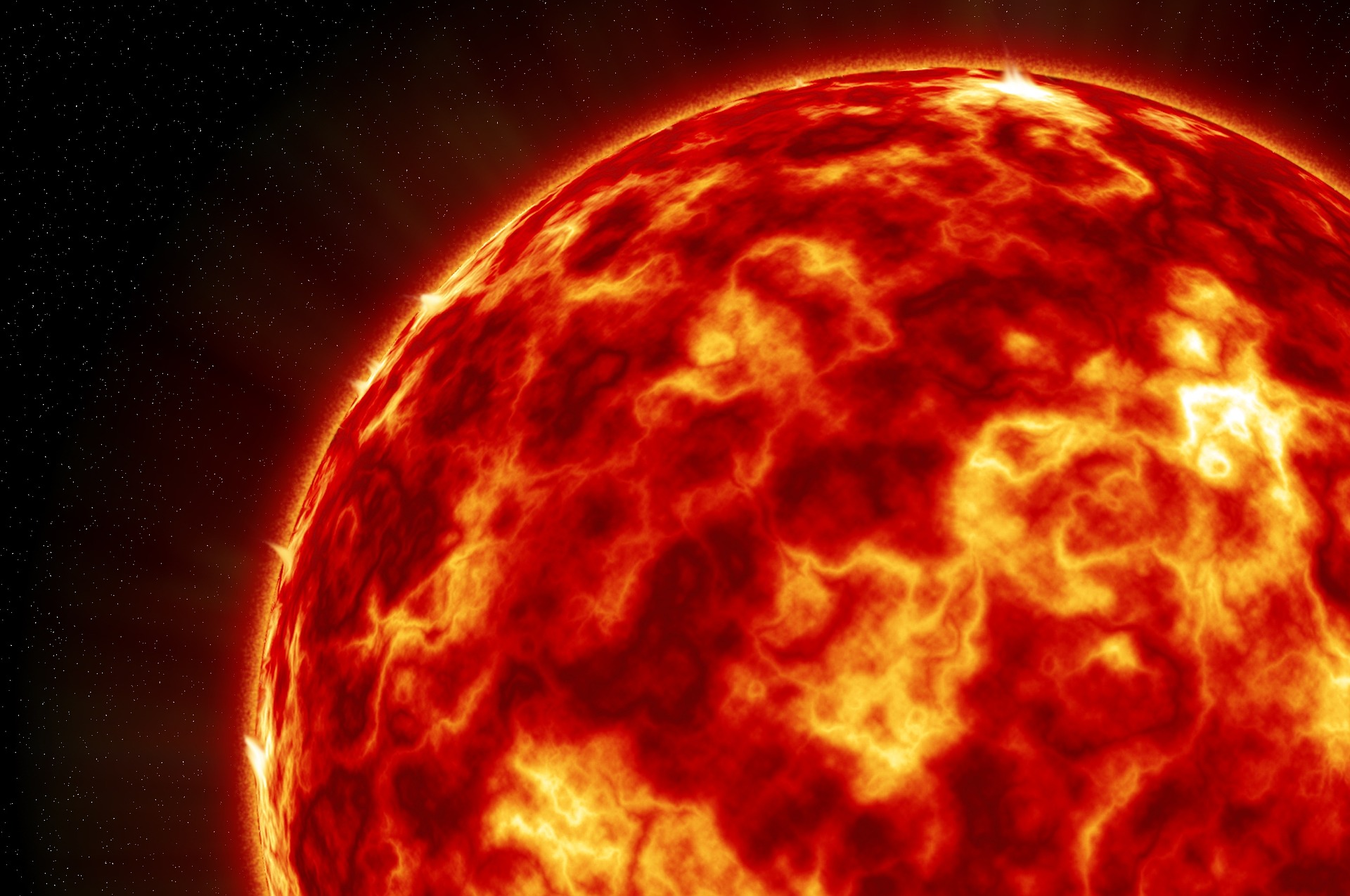Media release
From:
Astronomy: ‘Planet-eating’ star caught in the act (N&V)
Observations of what appears to be a planet ‘swallowed up’ by its host star are presented in Nature this week. The findings offer insights into the evolution of planetary systems and may help efforts to determine the fate of planets as stars evolve.
As stars grow older, they expand into giants; theory predicts that such giants will engulf closely orbiting planets. However, this phase has not previously been observed. A new study details the detection of a burst of radiation from the Milky Way’s Galactic disk, which may offer direct evidence that a star has consumed one of its orbiting planets.
Kishalay De and colleagues report observations of ZTF SLRN-2020, a short-lived (lasting around ten days) optical outburst in the Galactic disk accompanied by bright and long-lived infrared emission that slowly faded over the course of around six months. The authors ran various models to determine the properties of the source and the astronomical event that produced the emissions. The observations bear some similarities to that of red novae — mergers between two stars — but with lower luminosity, leading the authors to suggest that an object smaller than a star was involved in the merger event. They propose that the merging object was a planet approximately less than or equal to ten Jupiter masses.
Smadar Naoz summarizes how events may have unfolded in an accompanying News & Views: “a giant planet had ventured too close to its parent star, interacting with it for a while before the outburst, which probably correlated with the engulfment of the planet by the star.” Naoz notes that whether a planet will ultimately be consumed by its star is dependent on certain conditions, and suggests that future observations of ZTF SLRN-2020 are needed. “Such tests will no doubt open up a vast body of investigations of similar events, as well as the mechanisms that drive them,” Naoz concludes.



 International
International


